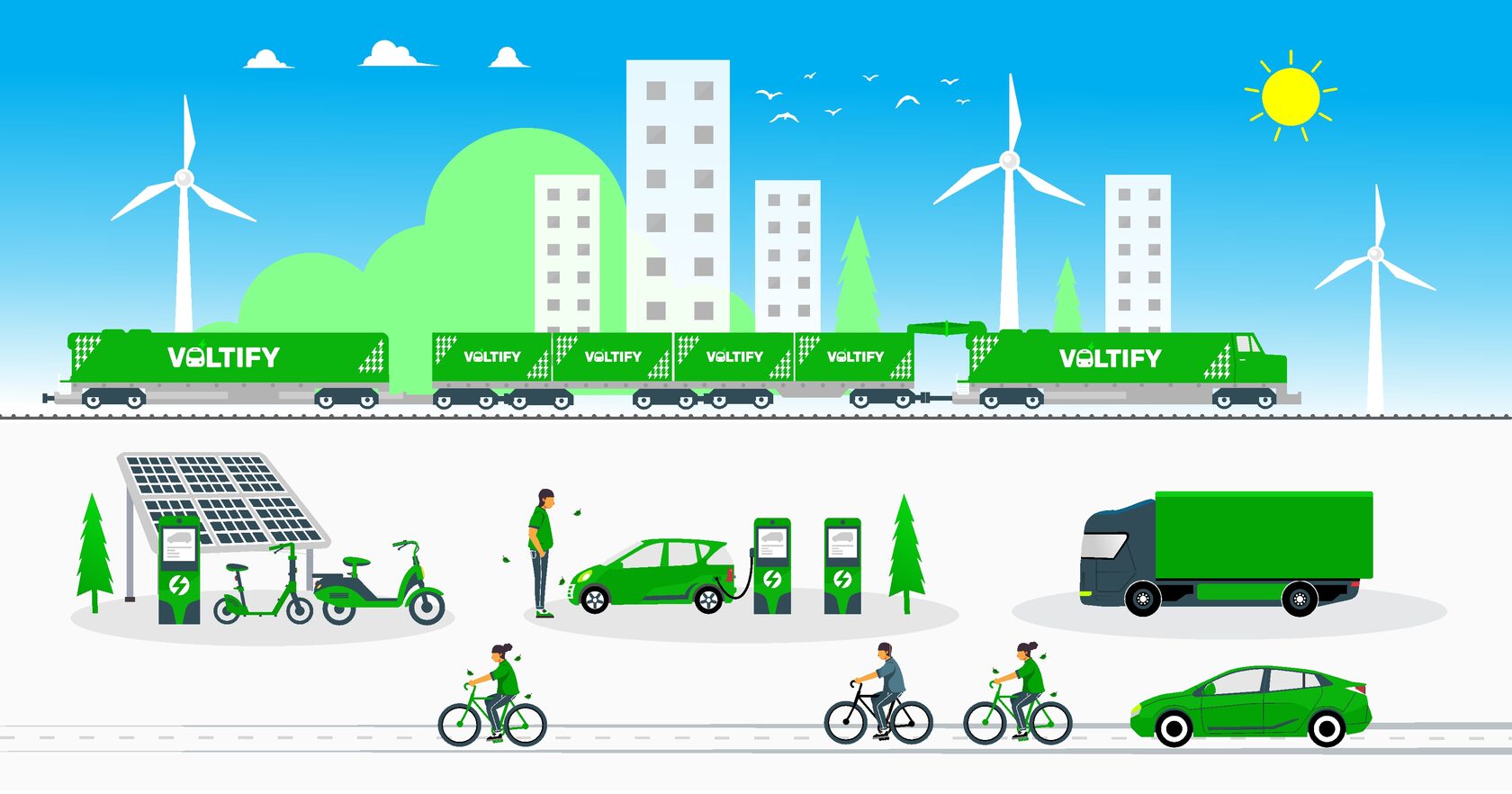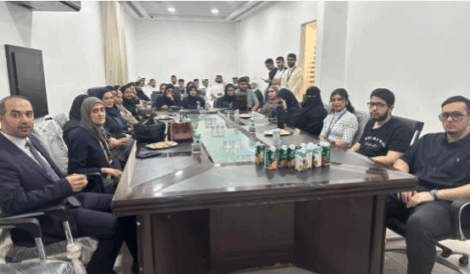In connection with Sustainable Week at Gulf University
Urban areas around the world are grappling with the challenge of building transportation systems that are both efficient and environmentally sustainable. As cities expand and populations grow, the demand for accessible, eco-friendly mobility solutions becomes increasingly urgent.
Sustainable transportation is essential to reducing greenhouse gas emissions, limiting air pollution, and easing traffic congestion. Encouraging the use of public transit, cycling, and walking can significantly enhance urban living by creating cleaner, healthier, and more efficient cities.
The Importance of Public Transport
Public transportation is a cornerstone of sustainable urban mobility. By reducing reliance on private vehicles, it helps cut emissions and improve overall traffic flow. Cities can support this transition by investing in modern, reliable, and affordable transit systems.
Examples such as Bus Rapid Transit (BRT) and Light Rail Transit (LRT) provide efficient alternatives to traditional transportation, helping reduce travel times and offering consistent service. Integrating smart technologies—such as contactless payment systems, real-time updates, and seamless connections to other mobility options like bike-sharing programs—can improve the public transport experience and attract more users.
One noteworthy model is London’s Oyster Card, a contactless smart card that enables passengers to pay for travel on a pay-as-you-go basis. This type of convenience makes public transport more accessible and user-friendly.
Cycling and Walking: Sustainable and Healthy Alternatives
Cycling and walking remain the most environmentally friendly modes of transport, offering zero emissions and clear health benefits. To encourage these options, cities should invest in safe and convenient cycling infrastructure, including dedicated bike lanes, bike-sharing programs, and secure parking facilities.
Providing a safe and accessible environment for pedestrians and cyclists encourages residents to choose active transport for short trips, reducing traffic and promoting healthier lifestyles.
Addressing the Challenges
Implementing sustainable transportation is not without its challenges. One of the major hurdles is the high cost of developing infrastructure such as pedestrian pathways, bike lanes, and modern transit systems.
However, these upfront investments often lead to substantial long-term benefits—improved public health, reduced congestion, lower emissions, and enhanced quality of life. To address these challenges, awareness campaigns can play a key role in shifting public attitudes, while partnerships with private sector stakeholders can help share the financial and operational responsibilities.
Looking Ahead
Sustainable transportation is more than a solution to urban congestion—it’s a vision for a healthier and more resilient future. By making smart investments, engaging communities, and working collaboratively across sectors, cities can build transport systems that serve both people and the planet.
Gulf University remains committed to promoting sustainability through education, dialogue, and community initiatives. During Sustainable Week, we aim to spotlight practical solutions like sustainable transportation that have the potential to transform urban life for the better.





